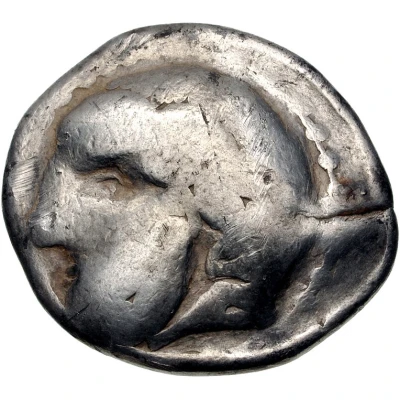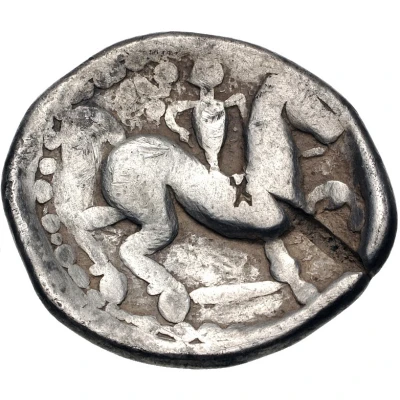


© Classical Numismatic Group, Inc.
Tetradrachm Imitation of Tetradrachm of Philip II of Macedon 300 BC - 201 BC
| Silver | 7.48 g | 23.4 mm |
| Issuer | Dacians of Moldavia |
|---|---|
| Type | Standard circulation coin |
| Years | 300 BC - 201 BC |
| Value | Tetradrachm (4) |
| Currency | Drachm |
| Composition | Silver |
| Weight | 7.48 g |
| Diameter | 23.4 mm |
| Shape | Round (irregular) |
| Technique | Hammered |
| Demonetized | Yes |
| Updated | 2024-10-09 |
| Numista | N#189060 |
|---|---|
| Rarity index | 100% |
Reverse
Stylized youth on horseback right.
Comment
Huşi-Vovrieşti (Dacian-Moldavien) type. Mint in central Dacia.Frequently test-cut and banker-marked.
Interesting fact
The Tetradrachm coin was used by the Dacians of Moldavia during a time when the region was heavily influenced by Greek culture. In fact, the coin's design was inspired by the Tetradrachm of Philip II of Macedon, which was a popular coin in ancient Greece. Despite being an imitation, the Dacian Tetradrachm was still made of silver and had a similar weight and size to the original Greek coin. This highlights the cultural exchange and influence that occurred between ancient civilizations, and how ideas and technologies could spread across regions through trade and cultural exchange.